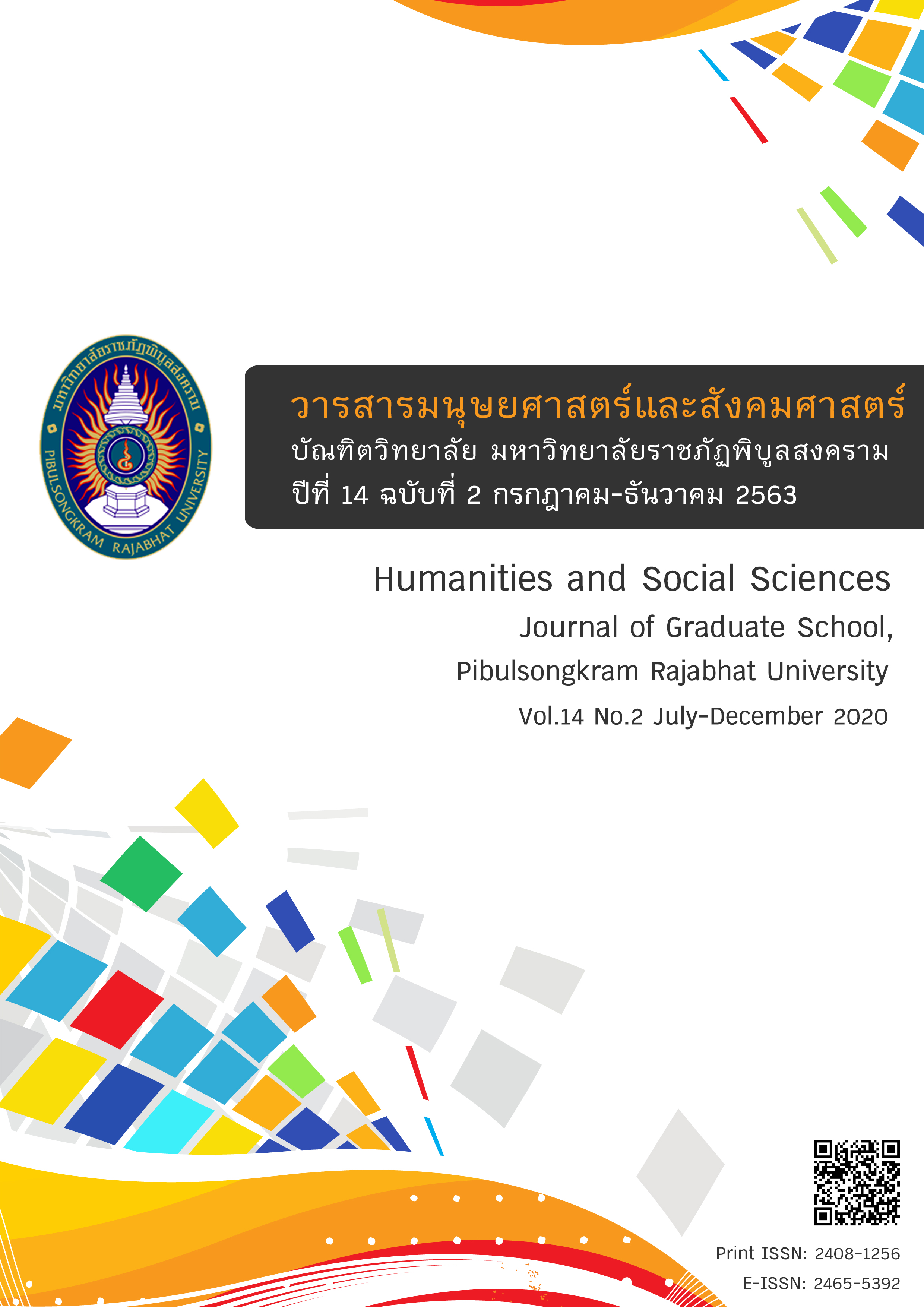Among the Thai Pantheon: Worshipping King Naresuan’s Victory in Elephant Duel
Keywords:
Naresuan, Animism, CommemorationsAbstract
This study covers the religious aspects of governmental and independent commemorations, rituals and beliefs, surrounding the worship of King Naresuan and his greatest military achievement, his victory in elephant duel over the Burmese crown prince in January 1593. In Thai culture kingship is a semi-divine state and after death the greatest kings are remembered for their historical achievements but they are also believed to have supernatural power to intercede for the benefit of people who ask for their aid by performing rituals of paying respects, giving offerings and the promise of future gifts. Thus the most famous Thai kings have both a historical-political memory and influence and an equally important concurrent supernatural influence. The article first describes religious aspects of official governmental commemorations and of Thai civil society. It then enters into a discussion on what this religious worship of a king’s military victory says about Thai religious culture and where it is placed in relation to current scholarship on Thai religion, especially in relation to Thai royalty. This discussion leads to the conclusion that previous scholarship on Thai religion needs reclassification and standardization.
References
Adno, C. (2010). The Ontology of Religious Institutions. History of Religions, 50(1), 54-79.
Aphiwan, A. (2013). somdet phra naresuan mahārāt. [His Majesty King Naresuan the Great]. Bangkok: samnakpimmū̕angbōrān.
Assmann, J. (2004). Monotheism and Polytheism. In Religions of the Ancient World: A Guide. pp. 17-31. Cambridge, MA: Harvard University Press.
Bank of Thailand. (2019). Email correspondence. Retrieved June 5, 2019.
Damrong, R. (2012). Phra prawat somdet phra naresuan mahārāt [History of His Majesty King Naresuan the Great]. Bangkok: Matichon Publishing House.
Jackson, P. A. (1999b). Royal Spirits, Chinese Gods, and Magic Monks: Thailand’s boom-time religions of prosperity. South East Asia Research, 7(3), 245–320.
Jackson, P. A. (1999a). The Enchanting Spirit of Thai Capitalism: The cult of Luang Phor Khoon and the post-modernization of Thai Buddhism. South East Asia Research, 7(1), 5–60.
Kirsch, T. A. (1977). Complexity in the Thai Religious System: An Interpretation. The Journal of Asian Studies, 36(2), 241–266.
Kitiarsa, P. (2012). Mediums, Monks, & Amulets: Thai Popular Buddhism Today. Chiang Mai: Silkworm Books.
Kiriarsa, P. (2008). Religious Commodifications in Asia: Marketing Gods. Abingdon, England: Routledge.
Mulder, N. (2000). Inside Southeast Asia: Religion, Everyday Life, Cultural Change. Chiang Mai, Thailand: Silkworm Books.
Somchāi Phumsa-ād, et al. (1984). 400 pī somdet phra naresuan [400 Years, His Majesty King Naresuan]. Bangkok: Phutthabūchākānphim.
Stengs, I. (2009). Worshipping the Great Modernizer: King Chulalongkorn, Patron Saint of the Middle Class. Singapore: NUS Press.
Swearer, D. K. (2009). The Buddhist World of Southeast Asia. Chiang Mai, Thailand: Silkworm Books.
Terwiel, B. J. (2013). What Happened at Nong Sarai? Comparing Indigenous and European Sources for Late 16th Century Siam. In Journal of the Siam Society, 101, 19–34.
Thailand Post (Praisanī Thai). (2019). Telephone Interview. Wednesday 5, June 2019.
Worawut, S. (2010). Kwām chū̕a rū̕ang čhēdī yutthahatthī læ lakthān thī phop mai [Beliefs about the Elephant Duel Stupa and Newly Found Evidence]. Bangkok: Čhongčhœnkānphim.
Downloads
Published
How to Cite
Issue
Section
License
Any articles or comments appearing in the Journal of Humanities and Social Sciences, Rajabhat Phibulsongkram University, are the intellectual property of the authors, and do not necessarily reflect the views of the editorial board. Published articles are copyrighted by the Journal of Humanities and Social Sciences, Rajabhat Phibulsongkram University.









